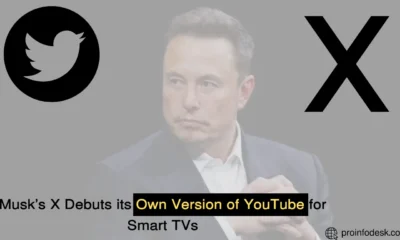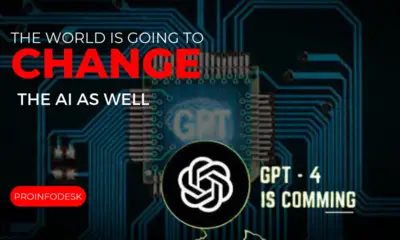Tech
Elon Musk to Launch ChatGPT Alternative, Recruiting team for it

Elon Musk Reportedly Pursuing to OpenAI’s ChatGPT Alternative
According to a report by The Information on Monday, Elon Musk has been in talks with AI researchers about establishing a new research lab aimed at developing an alternative to OpenAI’s ChatGPT. The report cited individuals familiar with the matter.
The report stated that Musk has been recruiting Igor Babuschkin, a former researcher from Alphabet’s DeepMind AI unit, who recently left the company. ChatGPT, a text-based chatbot developed by OpenAI, has gained significant attention in Silicon Valley as it can draft prose, poetry, or computer code on demand.
Musk co-founded OpenAI in 2015 with Silicon Valley investor Sam Altman as a nonprofit start-up, but left its board in 2018. Musk expressed his thoughts on ChatGPT, referring to it as “scary good.”
Musk and Babuschkin have discussed assembling a team for AI research, but the project is still in the early stages, and there is no concrete plan to develop specific products, according to the report. The report also mentioned that Babuschkin has not officially signed onto the Musk initiative.
Neither Musk nor Babuschkin have provided any official comments on the matter.
OpenAI’s ChatGPT
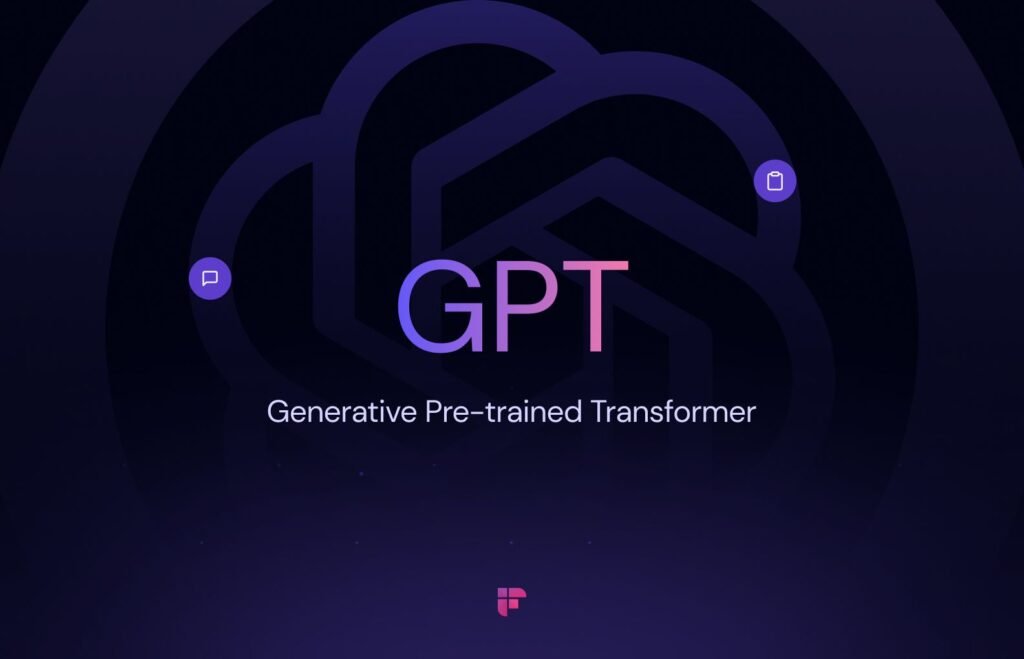
OpenAI’s ChatGPT is a chatbot that utilizes a neural network to generate text based on the context of the conversation. The chatbot has the ability to generate high-quality text that can mimic human writing. ChatGPT has been used to generate poetry, prose, and computer code, among other things.
The technology behind ChatGPT is based on GPT (Generative Pre-trained Transformer), which is a neural network architecture developed by OpenAI. The GPT models are trained on a large amount of text data and can generate high-quality text based on the input.
ChatGPT has received widespread attention in the tech industry for its ability to generate text that is almost indistinguishable from text written by humans. The chatbot has also raised concerns about the potential misuse of AI technology, particularly in the area of misinformation and fake news.
Elon Musk’s Interest in AI
Elon Musk is no stranger to the world of artificial intelligence. He has been vocal about his concerns regarding the potential dangers of AI and has called for increased regulation of the technology.
In 2015, Musk co-founded OpenAI with the goal of developing AI in a safe and beneficial way. However, he left the board in 2018 citing a potential conflict of interest with his work at Tesla and SpaceX.
Musk has also been involved in the development of AI technologies through his other ventures. For instance, Tesla’s self-driving car technology utilizes deep learning algorithms that enable the car to make decisions based on visual inputs.
Elon Musk and ChatGPT Alternative

Elon Musk’s reported interest in developing an alternative to OpenAI’s ChatGPT is a reflection of the growing interest in AI research and development. The potential of AI to transform various industries and aspects of our lives is enormous, but it also raises concerns about its potential misuse.
The development of safe and beneficial AI technologies should be a priority, and Musk’s pursuit of AI research could contribute to this goal. As the project is still in its early stages, it remains to be seen what the outcome will be and how it will impact the AI industry as a whole.
Tech
WhatsApp’s New Audio Call Bar Feature Simplifies Calling Experience
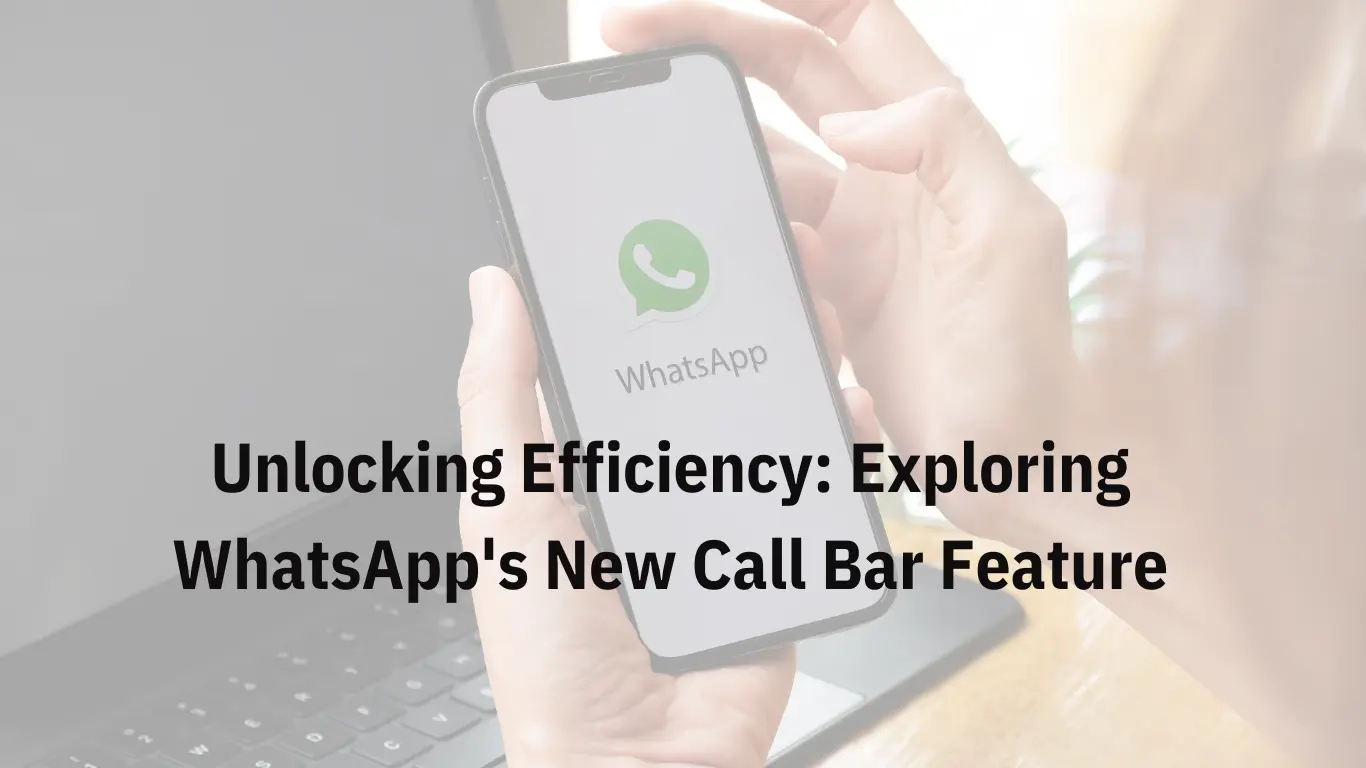
Digital platforms like WhatsApp work hard to improve user experience. Meta, WhatsApp’s parent company, has introduced a new feature to enhance calling. Let’s explore this addition and how it helps users.
New Whatsapp Feature:
WhatsApp’s latest feature is the Audio Call Bar feature. It aims to make calls easier for users. It’s first available to select users and will come to iOS soon.
How It Works:
When users make a call, they’ll see a new call bar. This design lets users do other things while on a call. Users can mute or end calls from the interface. When you start a call, you’ll see a new call bar at the top of the app. It stays there even if you switch to another app, making it easier to do other things while you’re on a call. You can also mute or end the call right from this bar, which saves you time and makes things simpler.
Meta’s Improvement:
Meta is committed to making WhatsApp better. They want to make it a top communication platform. It shows their aim to connect people through easy communication.
Seamless Communication:
WhatsApp’s aim is to make communicating easy. The new call bar is part of this. It keeps up their promise to help users communicate easily.
Other WhatsApp Latest Features:
Along with the call bar, there are other new whatsapp features. Apple users have passkeys for secure logins. WhatsApp’s AI assistant also does more now, like generating info and images. All these updates make using WhatsApp better.
Tech
A New Era in Space Exploration: Pakistan’s First Lunar Mission Takes Flight
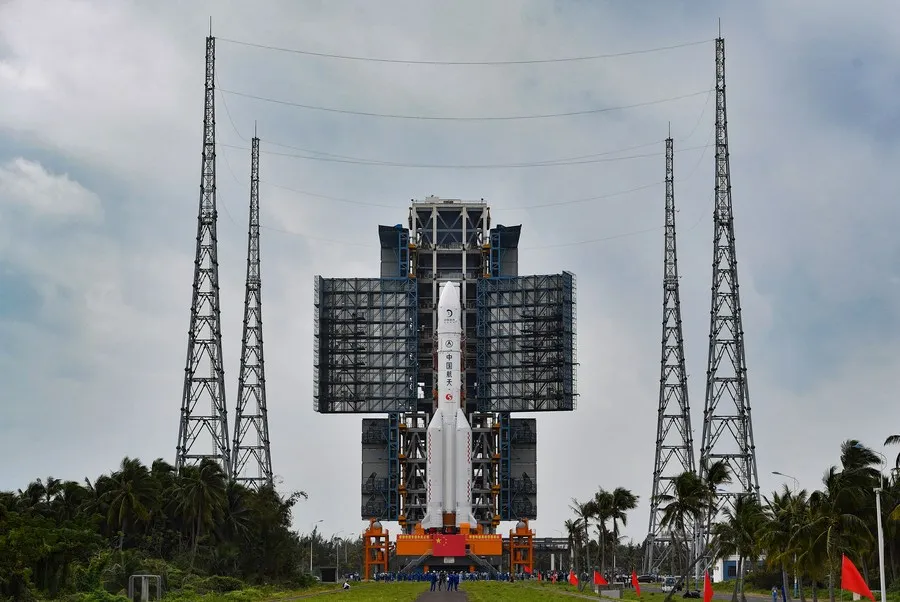
In a historic move that marks Pakistan’s debut in lunar exploration, the country’s first satellite mission named ICube Qamar was successfully launched aboard China’s Chang’e 6 mission from Hainan, China. This monumental event not only underscores the burgeoning space alliance between Pakistan and China but also signifies a pivotal moment in global lunar research efforts.
The Chang’e 6 mission, renowned for its ambitious goal to retrieve samples from the far side of the moon, took to the skies on a Long March-5 rocket from the Wenchang Space Launch Site. This mission is poised to carve a new chapter in lunar exploration by focusing on areas of the moon that have remained largely unexplored by previous missions.
Exploring the Moon’s Mysterious Far Side
China’s venture to explore the enigmatic far side of the moon showcases the nation’s advancing capabilities in space technology. The Chang’e 6 mission is designed to spend two days on the lunar surface, with plans to gather around 2 kilograms (4.4 lb) of lunar samples. These samples are anticipated to shed light on the moon’s composition and uncover secrets about its enigmatic past.
What sets this mission apart is its emphasis on collaboration. The integration of Pakistan’s ICube Qamar satellite into the mission exemplifies a global collaborative effort in the quest for lunar exploration. ICube Qamar, representing Pakistan’s inaugural venture into moon exploration, is poised to play an instrumental role in gathering data from the lunar surface, enhancing our collective understanding of the moon.
A Milestone of Collaboration
The mission’s successful launch has been greeted with widespread acclaim and enthusiasm, especially within Pakistan, where the Prime Minister has celebrated this achievement as a landmark moment for the country’s aspirations in space exploration. This event underscores the profound partnership between Pakistan and China in pushing the frontiers of space technology and exploration.
The Chang’e 6 mission, featuring payloads from various countries, serves as a testament to the spirit of international cooperation that fuels our exploration of the cosmos. Through shared resources, knowledge, and visions, nations are unlocking extraordinary possibilities in space exploration, paving the way to unravel the mysteries of our universe collectively.
Looking Ahead
The success of the Chang’e 6 mission, with Pakistan’s ICube Qamar onboard, heralds a new era of international cooperation in space exploration. It demonstrates the immense potential of collaborative missions in advancing human knowledge and pushing the boundaries of what is possible.
As we await the return of the Chang’e 6 probe with samples from the moon’s far side, we stand on the brink of new discoveries that could redefine our understanding of the moon and beyond. This mission is not just a triumph for Pakistan and China but a victory for the international community’s collective endeavor to explore the unknown frontiers of space
Tech
Musk’s X Debuts its Own Version of YouTube for Smart TVs
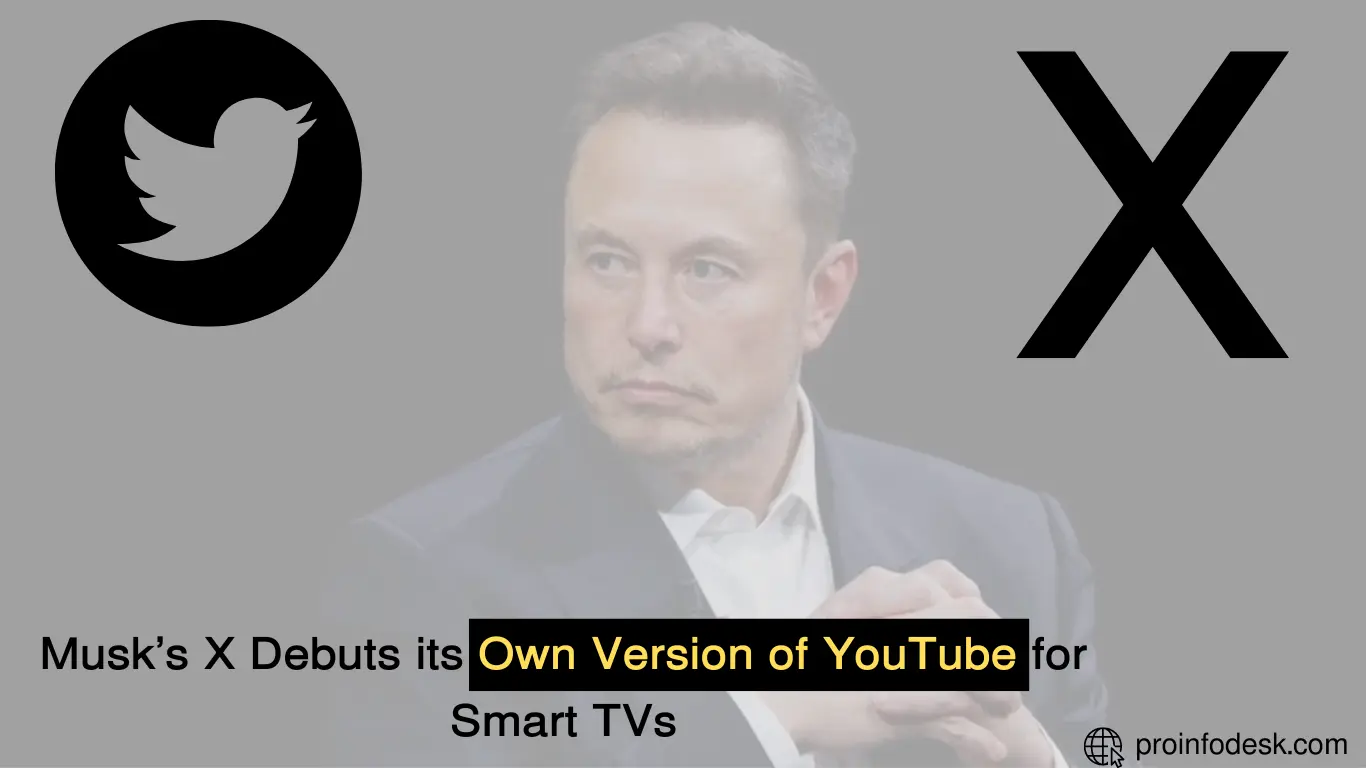
Overview:
Musk’s brainchild, X, is ready to roll out its own television application compatible with Amazon and Samsung smart TVs. With eyes set on rivalling YouTube, the new app, set for launch next week, promises to intrigue users with longer videos on sizeable screens. Musk envisages luring digital influencers and advertisers to X, by providing a platform mirroring YouTube’s TV app. As it grows its footprint in the streaming video sector, X is also primed to battle with platforms like Twitch, Signal, and Reddit. This attempt underlines X’s ambitious transition from a text-based messaging platform to a video-focused arena.
In-depth Insights:
- Musk’s venture, X, is about to usher in its own TV app for Amazon and Samsung smart TVs, to pose a challenge to YouTube.
- The upcoming app, scheduled for release next week, is aimed at captivating users with prolonged videos on expanded screens.
- By imitating the model of YouTube’s TV app, X is geared to captivate the attention of digital influencers and advertisers.
- With a goal to vie with platforms such as Twitch, Signal, and Reddit, Musk envisions a new realm for X.
- Marking its transition to video-based content, X had earlier declared its move to imitate TikTok’s infinite scroll feature.
- Formerly known as Twitter, X has a history of launching multiple TV apps.
- As X aims to dominate the video streaming world, it focuses on celebrities, digital influencers, and video game streaming.
- X has successfully initiated contracts with media personalities Don Lemon and Tucker Carlson for exclusive shows.
- X has been motivating content creators to shift their video content to its platform, guaranteeing increased ad revenue.
- Mr. Beast, a renowned YouTuber, contributed to X’s testing phase by uploading a full-length video and revealing his earnings.
- With a reported decline in user engagement by 30% and loss of significant advertisers, X is grappling to retain its user base and advertising partners.
- Musk’s ownership of X has witnessed a substantial devaluation in its overall assessment.
Source: Fortune.com
-
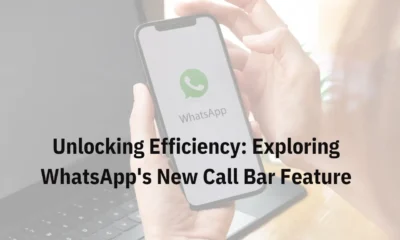
 Tech3 months ago
Tech3 months agoWhatsApp’s New Audio Call Bar Feature Simplifies Calling Experience
-
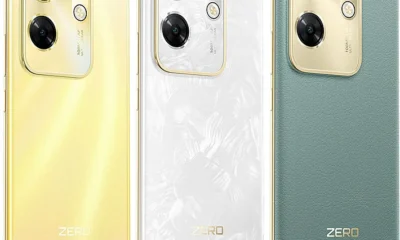
 Phones3 months ago
Phones3 months agoInfinix Zero 30 (4G vs. 5G): Specifications, Features, and Prices in Pakistan
-

 Phones3 months ago
Phones3 months agoEverything You Need to Know About Jazz Digit 4G Mobile Phones in Pakistan
-

 Mobile Packages3 months ago
Mobile Packages3 months agoHow to Check Your Telenor, Zong, Ufone, Jazz SIM Number
-
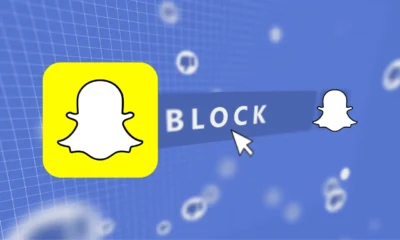
 Tech3 months ago
Tech3 months agoGuide to Blocking and Unblocking Users on Snapchat
-
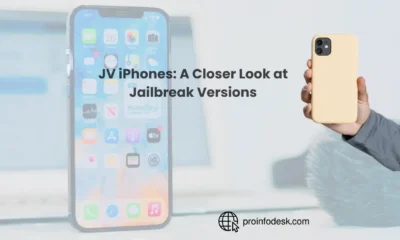
 iPhone3 months ago
iPhone3 months agoExploring JV iPhones: Prices, Risks, and Rewards in Pakistan
-

 Tech3 months ago
Tech3 months agoA New Era in Space Exploration: Pakistan’s First Lunar Mission Takes Flight
-
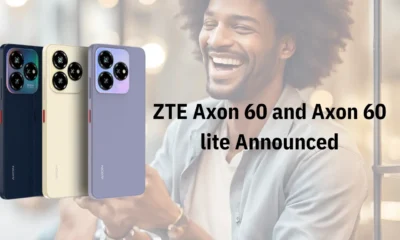
 Phones3 months ago
Phones3 months agoZTE Axon 60 Series: Affordable 4G Phones with Unisoc Chipsets

